Untapped Potential
There is untapped potential across the Reproductive and Birth Justice Movements
There are indicators of untapped potential in the RJ movement. Under-resourcing is certainly not the only challenge that organizations face — the impact of political backlash, systemic oppression, and Covid-19 are quite clearly named by organizations as significant challenges beyond resourcing. That said, there are signs that chronic under-resourcing holds the movement back from achieving more.
Most organizations whose work is described in this report have fewer than 11 FTE staff and a median annual budget size of about $1 million. Foundations are the primary source of financial support for most organizations, with nearly two-thirds of organizations reporting that over 60% of their funding comes from foundations.
These staffing sizes and budget ranges are not unusual; a majority of 501(c)(3)s in the United States also have operating budgets under $1 Million. Even so, we believe these may be indicators of untapped potential in the RJ movement. That is, with more funding and people, there is room for even stronger results.
64% of organizations characterized their current staffing levels as insufficient to carry out their work plans for 2022
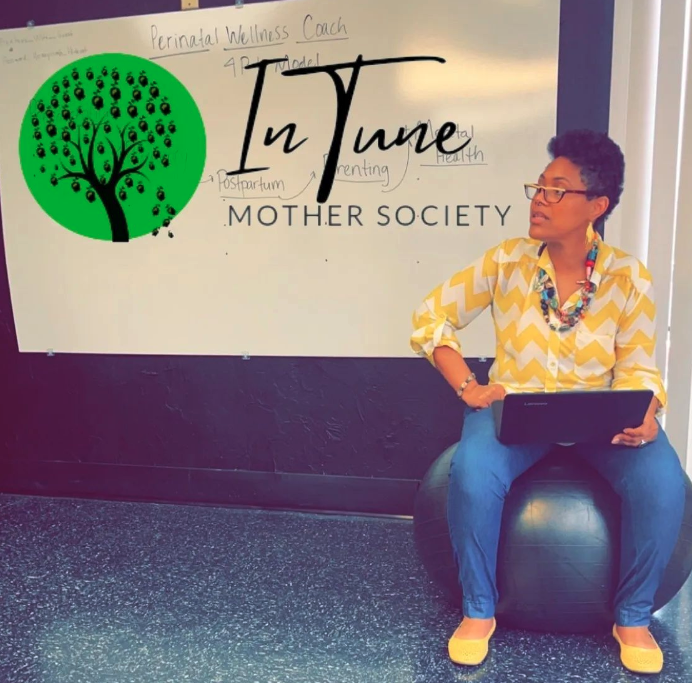
The greatest barrier we encountered was not having the resources to hire the staff we need.The InTune Mother Society, Oklahoma
Hiring Factors in Significant Changes
One resource that Reproductive Justice movement organizations are quite rich in is people power. When organizations describe the factors that helped their most significant impact in 2021 become a reality, six categories of factors emerged, and people power – e.g., 1:1 relationship building in community, teamwork, team and community resilience, and community support – was the most frequent helpful factor cited.
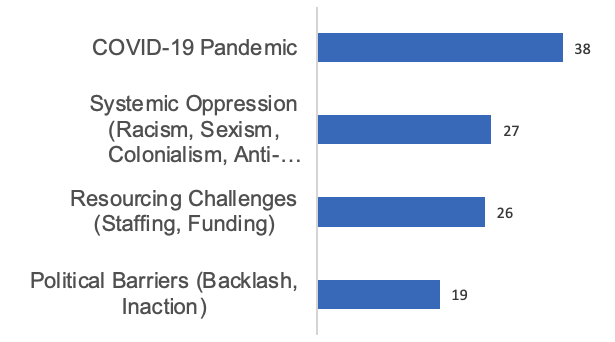
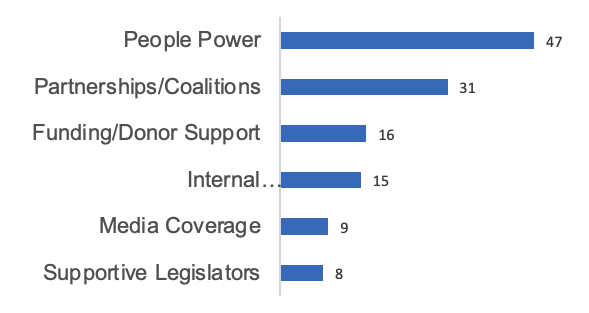
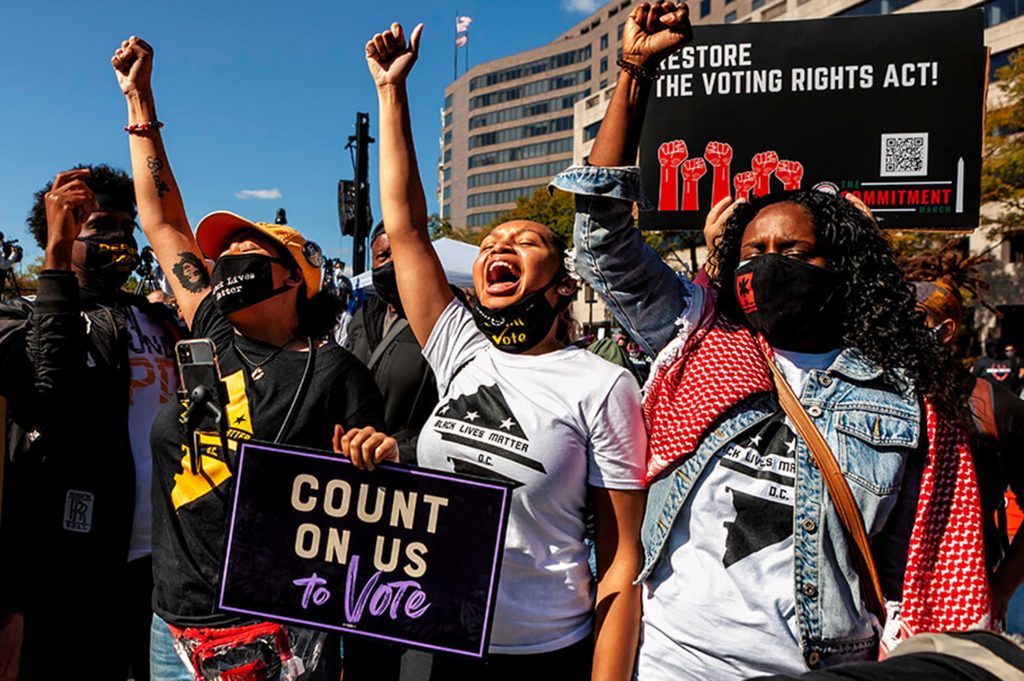
The most important factor was our deep deep roots in the community and the willingness of community members to step up.Black Women for Wellness, California
As reproductive justice organizations say, “the work of reproductive justice is heart work and it’s care work.” That is, its work that is people-powered, which happens through trust-building and relationship building. Historically, organizations led by and accountable to BIPOC women and gender non-conforming people have been under-resourced due to systemic oppression.
Moreover, care work and trust-building work are also often under-resourced across all organizations. The “line items” that support relationship-building – staff having time for real conversations with community members or serving some good food at a community meeting – are often not popular in grant proposal budgets.
For all these reasons, it’s unsurprising that RJ organizations report under-resourcing. We do observe some momentum around changes to how resourcing the RJ movement is conceptualized.
For instance, almost three-quarters of organizations responding to the RJ Impact Survey reported that 40% or more of their funding is unrestricted.
Greater funding flexibility can increase the capacity of organizations to be responsive to their communities and to thus do their work more effectively.
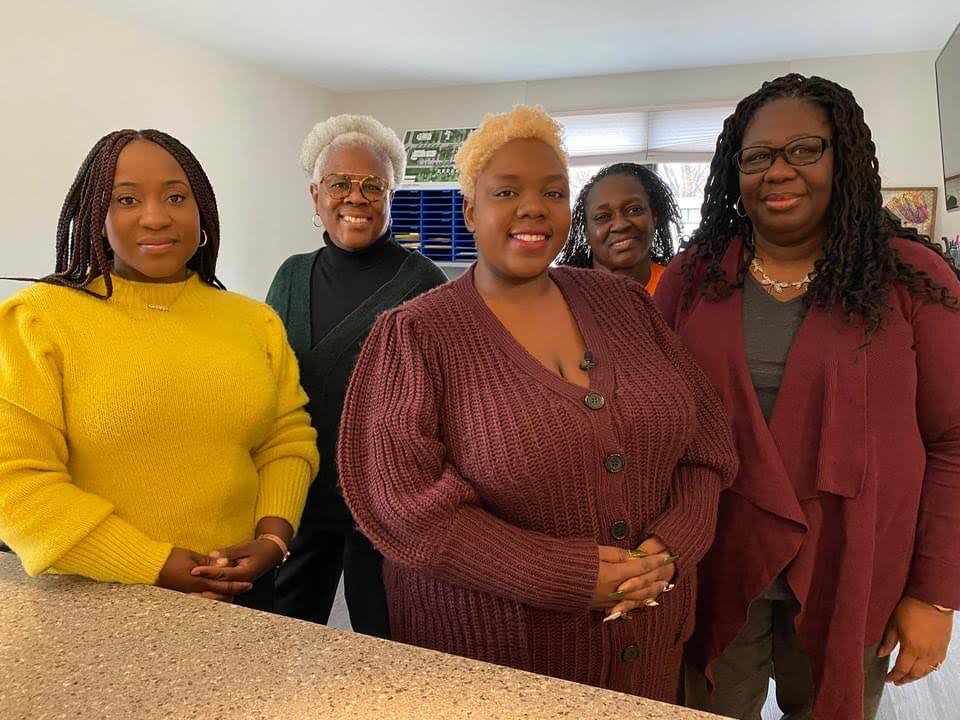
Birthing Beautiful Communities’ advocacy efforts were very helpful in moving the needle on doula reimbursement conversations at the state level. Our advocacy efforts in 2021 led to over $1,000,000 in Medicaid funding from the State of Ohio.Birthing Beautiful Communities, Ohio
Adequate resourcing is also crucial to enabling organizations to carve out time from the day-to-day for visioning, strategic planning, or pause and reflect activities, which can contribute to the long-term sustainability of the movement.
72% of organizations indicated that they were able to take some time during 2021 for any of these activities.
This is important, yet also concerning that over a quarter of the organizations were not able to take any time for these activities during 2021. Organizations that were able to invest in this time report substantive benefits for their staff and programs.
Reproductive justice organizations with strong community ties are on the frontlines of current political battles over legal access to abortion care. As we conclude this report, we leave you with three perspectives, from three different parts of the United States, on the challenges and opportunities that lie ahead in 2022 and beyond.

The designated time we set aside allowed our team to align on strategic vision and priorities for 2022 and beyond, in addition to deepening our relationships with one another. One of the effective practices we undertook was reflecting on our understanding of reproductive justice and why our organization is committed to it, which led to strengthening and revising our mission and prioritizing abortion access as a part of our focus for 2022.HEART Partnership to End Gendered Islamophobia, National
